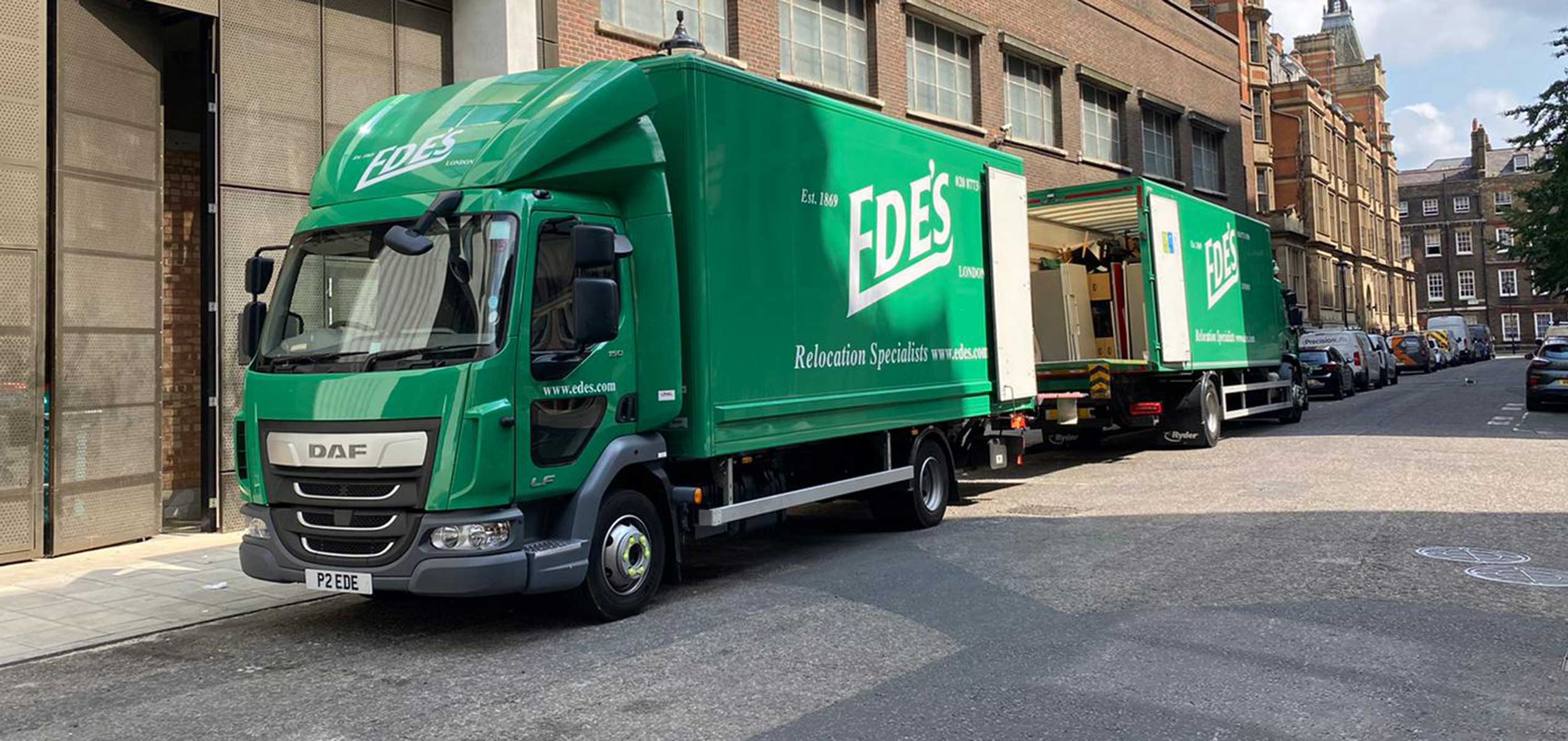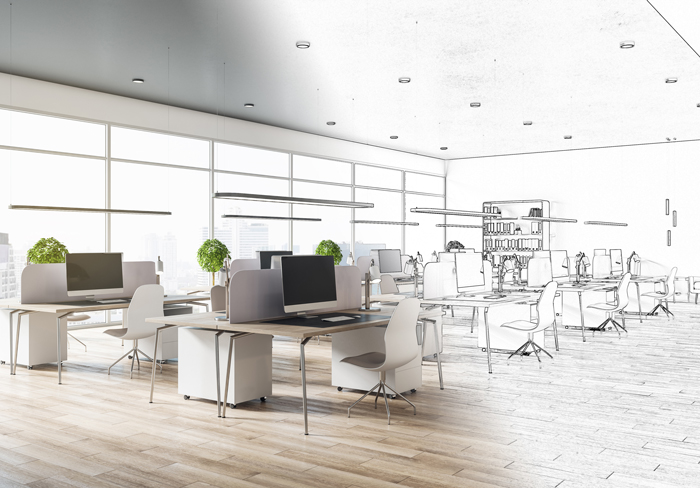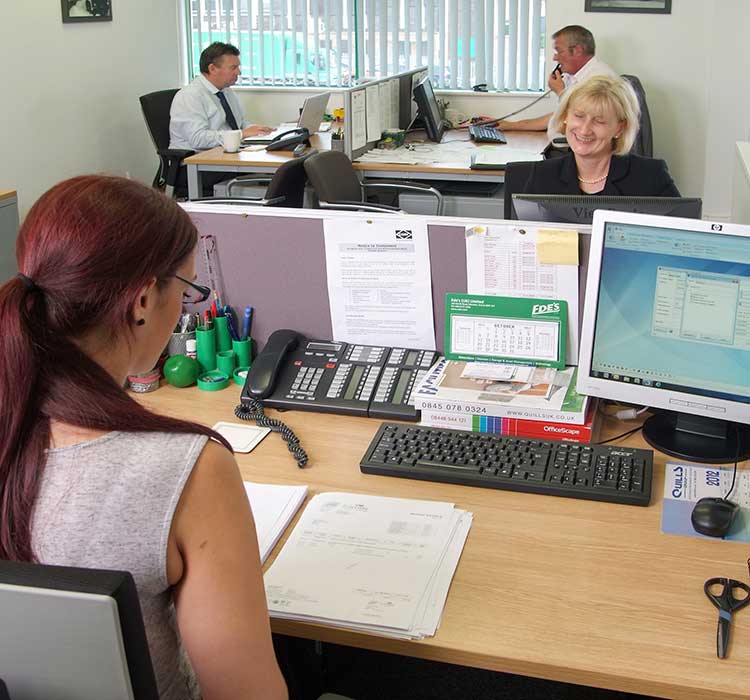Introduction
In an increasingly dynamic business environment, companies often find the need for office downsizing. Whether driven by cost-cutting initiatives, remote work adoption, or organisational restructuring, the process of downsizing requires careful planning and execution to minimise disruptions, maintain productivity, and preserve employee morale. As a leading Commercial Relocation, Storage and IT Services provider with more than 150 years of experience, we understand the challenges and opportunities associated with office downsizing and are well-equipped to support businesses in navigating this complex transition.
In this comprehensive guide, we will share insights, tips, and strategies for effectively downsizing your office space. From assessing your current space utilisation and disposing of surplus assets to redesigning your new office layout and engaging your employees throughout the process, we will provide a roadmap for success that caters to your organisation’s unique requirements. Our commitment to providing exceptional service and tailored solutions ensures that we can navigate the intricacies of office downsizing with ease, enabling you to concentrate on your core business objectives.
Assessing Current Space Utilisation and Identifying Opportunities
An essential first step in office downsizing is analysing your current space utilisation and identifying areas for improvement:
1. Space audits: Conduct a comprehensive audit of your existing office space, examining the current layout, usage patterns, and areas that may be under-utilised or inefficiently allocated.
2. Employee input: Solicit feedback from your workforce, as they can provide valuable insights into their space needs, preferences, and ideas for increasing efficiency.
3. Opportunities for improvement: Based on these assessments, outline potential adjustments that can maximise the use of available space, reduce costs, and contribute to the overall efficiency of your downsized office.
Disposal of Surplus Assets and Inventory Rationalisation
As part of the downsizing process, you’ll need to dispose of surplus assets and optimise your inventory:
1. Inventory scrutiny: Carefully evaluate your current inventory, identifying items that are no longer needed, obsolete, or can be replaced with more compact or efficient alternatives.
2. Asset disposal: Dispose of surplus or outdated assets in a responsible manner, whether by donating to relevant organisations, recycling materials, or selling items to generate revenue.
3. Procurement optimisation: Revise procurement processes to ensure the acquisition of office supplies, equipment, and furniture aligns with the space restrictions and efficiency goals of your downsized office.
Office Space Redesign and Agile Working Strategies
Develop a new office layout and adopt agile working strategies to maximise the efficient use of your downsized space:
1. Space planning: Collaborate with specialists to develop an optimised office layout that considers factors such as employee movement patterns, office equipment requirements, and natural lighting opportunities.
2. Flexible working areas: Incorporate shared spaces, such as hot desking stations and multi-purpose meeting rooms, allowing employees to adopt agile working practices and better utilise the available space.
3. Storage solutions: Maximise storage efficiency in your downsized office by investing in custom-designed storage options, such as modular shelving systems or space-saving filing cabinets, that adapt to your specific needs.
Employee Engagement and Change Management
Engage your employees throughout the downsizing process, promoting a positive transition experience and minimising disruptions:
1. Effective communication: Clearly communicate the reasons for office downsizing, outlining the objectives and benefits, as well as the strategies that will be implemented to ensure a smooth transition.
2. Employee involvement: Involve your workforce in the planning and decision-making processes, seeking their input on working preferences and office design. This inclusion will foster ownership and buy-in during the transition, ultimately contributing to a successful downsizing project.
3. Change management: Provide support and resources to help employees navigate any challenges associated with the office downsizing, such as adapting to new working arrangements, modified roles, or streamlined processes.
Conclusion
Effectively downsizing office space is an art that requires a focus on efficient space utilisation, disposal of surplus assets, office space redesign, and employee engagement. By embracing these strategies and best practices, businesses can ensure a smooth and efficient transition to a downsized office, minimising disruptions to productivity and fostering a positive experience for employees. Throughout this process, collaboration with a trusted partner is invaluable in supporting your organisational goals and facilitating a seamless transition.
As a leading provider of Commercial Relocation, Storage, and IT Services, Ede’s is equipped to guide businesses through the complexities of office downsizing. Our extensive experience, tailored solutions, and commitment to exceptional service enable us to deliver the expertise and resources required for a successful office space reduction. Allow our experts in business relocations to partner with you in your office downsizing journey, ensuring a seamless adaptation to the new working environment while maintaining business continuity and supporting your company’s dynamic need

















